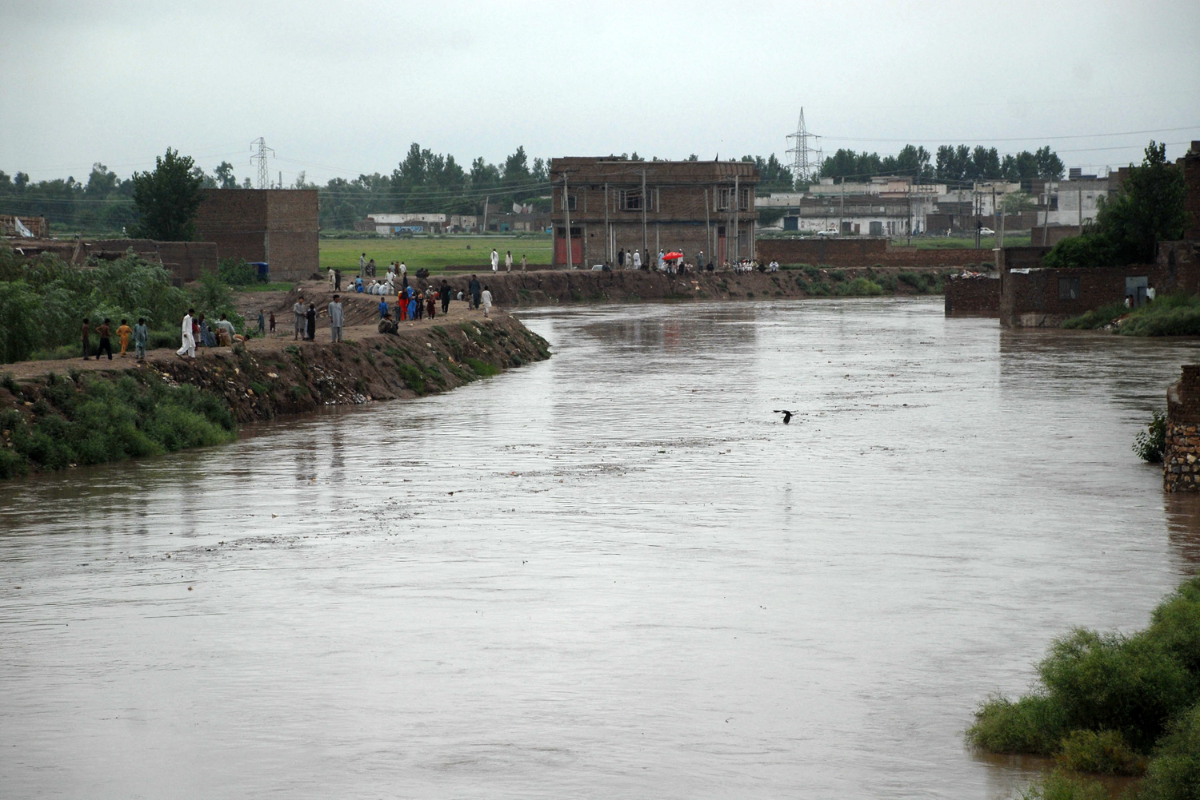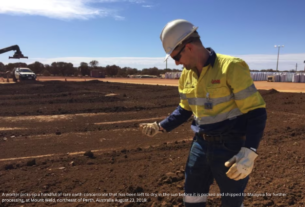Severe flooding in eastern Australia has forced tens of thousands of people to evacuate, and tragically, one woman has died. The flooding, triggered by heavy rainfall in New South Wales and Queensland, continues to cause massive destruction across the region.
Emergency warnings have been issued as floodwaters continue to rise, flooding homes, roads, and farmland. Rescue teams are working around the clock to help those affected, and evacuation centers have been set up to provide temporary shelter for displaced residents.
The situation is particularly dire as this disaster has far exceeded the usual scale of flooding in the area. The floodwaters have caused severe damage to infrastructure, including the collapse of bridges and washed-out roads, making rescue and relief operations more challenging.
Local authorities and emergency responders are focused on reaching those most at risk and ensuring their safety. With areas cut off by the floods, helicopters and boats have become vital tools for delivering aid to stranded residents.
The Australian government has pledged financial support to the affected regions to help with recovery and rebuilding. State and federal governments are working together to coordinate efforts, but the sheer scale of the damage is overwhelming.
The agricultural sector has been hit hard by the floods, with fields of crops destroyed and livestock swept away by the rising waters. This has left farmers struggling to recover, as they face both financial losses and emotional tolls from the devastation of their livelihoods.
As emergency responders work to assist residents, efforts to ensure access to essentials like food, water, and shelter are a priority. The damage to local infrastructure has made it difficult for authorities to maintain services, and many areas remain isolated.
In addition to the damage caused to infrastructure and homes, the environment has also taken a severe hit. Natural habitats have been destroyed, water sources contaminated, and biodiversity severely impacted, which will take years to recover.
With many communities already struggling with droughts and other natural disasters, this flood disaster has compounded existing challenges. Local communities are being tested in ways they have not been before, with resilience being pushed to its limits as emergency services scramble to meet the demand for aid.
The government’s immediate response includes financial aid for residents and long-term plans for rebuilding. Authorities are working with local agencies to ensure that all those affected have access to necessities, including temporary shelter and food supplies.
The floods have also exposed gaps in flood prevention systems across the country, highlighting the need for stronger flood management infrastructure. The scale of the disaster has called for a reevaluation of current measures and an investment in future flood management solutions.
Local officials are urging residents to remain in safe areas and heed evacuation orders as the situation remains critical. While the immediate focus is on saving lives and preventing further destruction, longer-term recovery efforts are already being planned.




